

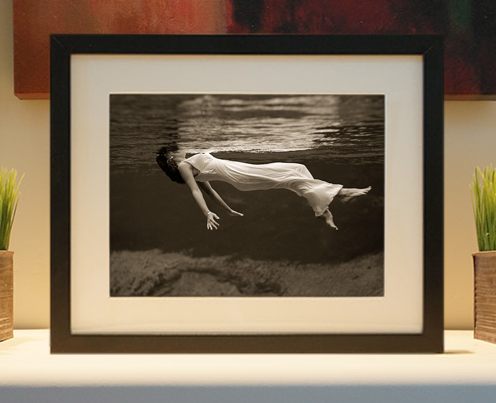
Framed or unframed, desk size to sofa size, printed by us in Arizona and Alabama since 2007. Explore now.
Shorpy is funded by you. Patreon contributors get an ad-free experience.
Learn more.

- Lofty addition
- In 1912
- Keenan Building
- Six years old
- Taken from the P.J. McArdle Roadway?
- It stood only 47 years
- Three track mind
- Incline to the right
- Reach for the sky, 1912 style
- No clean sweep
- Same Job Title, Same Face
- Sadly Lost
- Beautiful ...
- Where you get your kicks
- Aim High
- Pueblo Revival sisters
- Pueblo Neoclassicism
- Milk Man
- Regional dialect.
- Spielberg's inspiration
- Great Photo
- Loaf Story
- Do you still have the Rakes category?
- Could almost be a scene from the 1957 movie 'Hell Drivers'
- The Wages of Fear.
- Conspicuous by their absence
- Got Milk?
- All that aluminum
- No lefties
- Smoke 'em if you've got 'em
Print Emporium
Class Photo: 1905
You ought to know that....
Too funny about the naught.... My mother used to say "ought" without the N. She was also born in 1919, in Manitoba, of Icelandic descent. Perhaps that is how they pronounced it up here then? I had forgotten all about the ought thingy and darn near laughed myself off my chair when I read your comment. Good wit.
[Says Webster: "Aught" is an alternate spelling of "naught" that from an incorrect division of "a naught" as "an aught." - Dave]
Now approaching Baltimore ...
If this group ever got caught in a headwind, the boys would be airborne in a second.
No letting your hair down
Until the mid-1960s, once a girl reached puberty her long hair had to be worn up at all times, except at bedtime. No respectable woman could appear in public with her hair down unless she was fleeing an earthquake or a house fire. Even after women began cutting their hair short, those who kept long hair were expected to wear it up until the 1940s at least, and even those who wore it down like Veronica Lake usually cut it to shoulder length. Truly long hair worn down was not socially permissible in most parts of the country until the end of the 1960s. When a girl I knew in high school in San Diego in 1966 started wearing her waist-length hair down, her not-very conservative parents threatened to throw her out of the house for "getting wild."
Before flappers bobbed their hair
Until the 1920's when flappers shockingly bobbed (cut) their hair, all women let it grow and pinned it up. My grandmother (who would have been a contemporary of these girls) had hair to her knees and combed it out each morning, then pinned it up. The 5 or so inches closest to the floor weren't even gray because they had grown so long ago. Only prostitutes supposedly wore their hair down. So a woman of fine reputation always wore it up.
Beautiful Waists
At the time of the photo, the elaborate cotton blouses worn by these girls were usually called waists, or shirtwaists, and equally complicated examples could be made at home or purchased in stores. Experienced seamstresses could purchase an astonishing variety of inexpensive machine-made lace and cam-embroidered trims, edgings and insertions from notions stores, department stores and fancy-goods shops, or get them from mail-order catalogs. The shop window in the photo of Apolonia Stuntz's "Fancy Store" displays lace edgings, flounces and trims that are similar to those on some of the shirtwaists seen here. Ready-to-wear shirtwaists from department stores and shops were mostly produced in sweatshop garment factories, such as the notorious Triangle Waist Company factory that burned in New York in 1911.
Familiar Faces
I see in these faces other people I have known, although none of them are these kids, perhaps their descendants. Some of these girls, given a few more years, will become head-turners, especially after the Gibson Girl look is past. Some of the boys will be lady-killers. I love the crisp but subtle modeling that these glass negatives give, kind of like an Old Master in grayscale.
Math Lessons
I can just hear the math classes "Naught from naught is naught..."
My parents (born 1917 and 1919) used "naught" for zero for many years.
We need this type of HS again, I see too many young people entering the work force with a college degree but lacking in basic skills, particularly technical writing.
I can't help but notice ...
that all the women have long hair worn up. Was that the style of the day, or was it de rigueur for graduation pictures?
Beautiful blouses
I am in awe at the detail in these ladies' blouses. The lace, the smocking, the pleats, the eyelet.... Do you think these were made by the girls or their relatives or would this be an item they could just pick up at a store?
Locketed
It is interesting how many of these young women are wearing lockets, the woman second row, third from the left, possibly a locket watch ?
How intriguing to wear a hidden secret as jewelry.
Can Do - Will do
It's rare to see so many determined expressions. Each one is beautiful in his or her own way just because of the "I can and will" expressions on their faces and, most important, in their eyes. Never mind that some are prettier or handsomer than others. They'll make it.
Impressed
Two of the girls stand out, in the front row, the second girl from the left for her beauty and the second girl from the right for her classic look.
Strayer
Was this related to Strayer Business College later?
[Strayer Business College got its start in 1892. Business High, a public school, opened in 1904. In the 1930s it became Cardozo High School. - Dave]





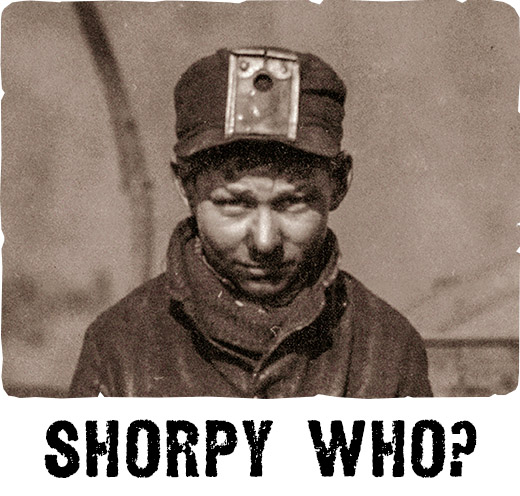
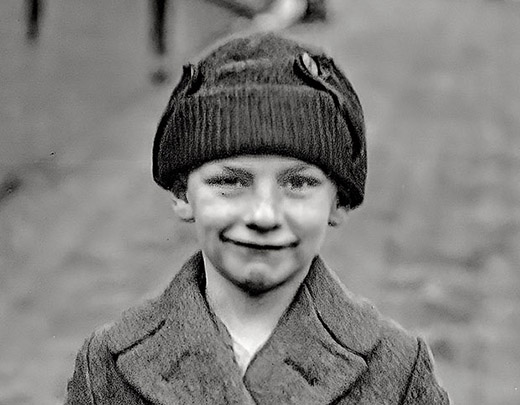
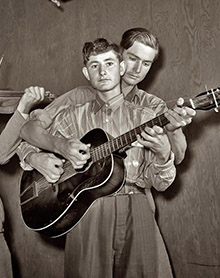
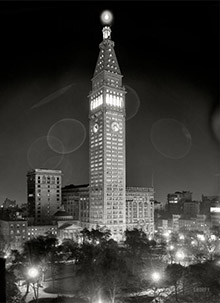
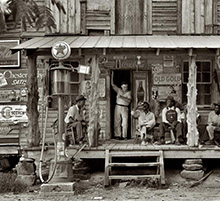
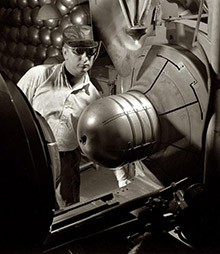
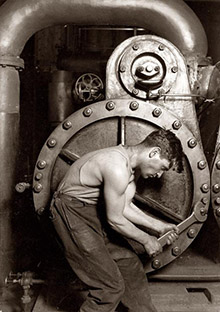
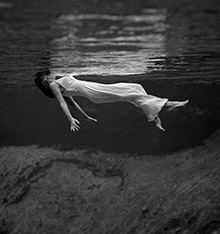
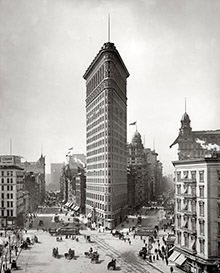
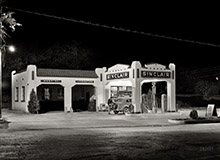
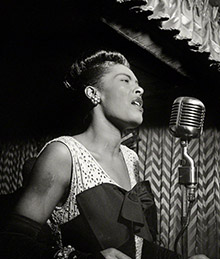
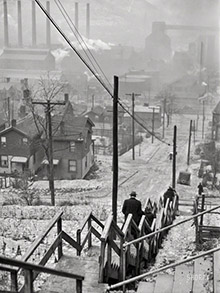
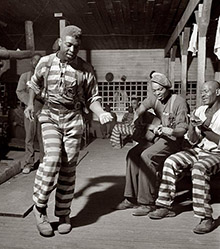
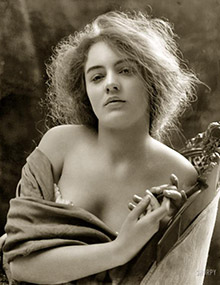
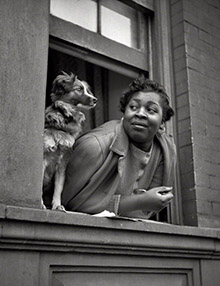
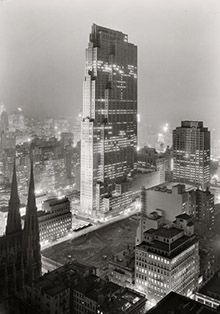
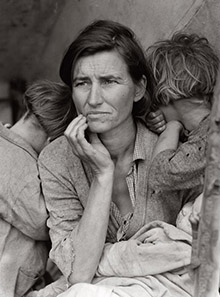
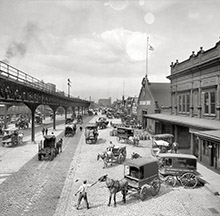
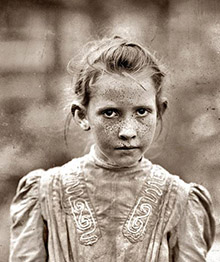
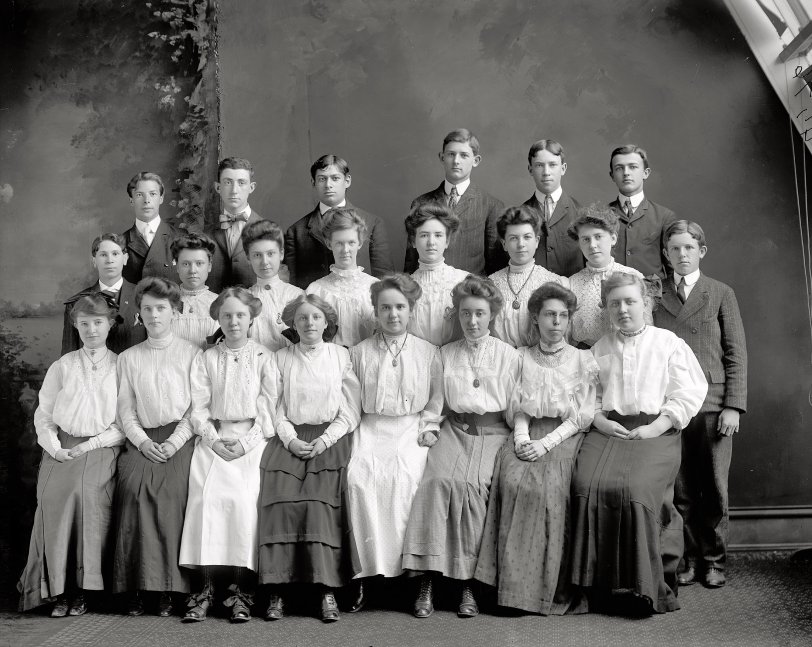
On Shorpy:
Today’s Top 5